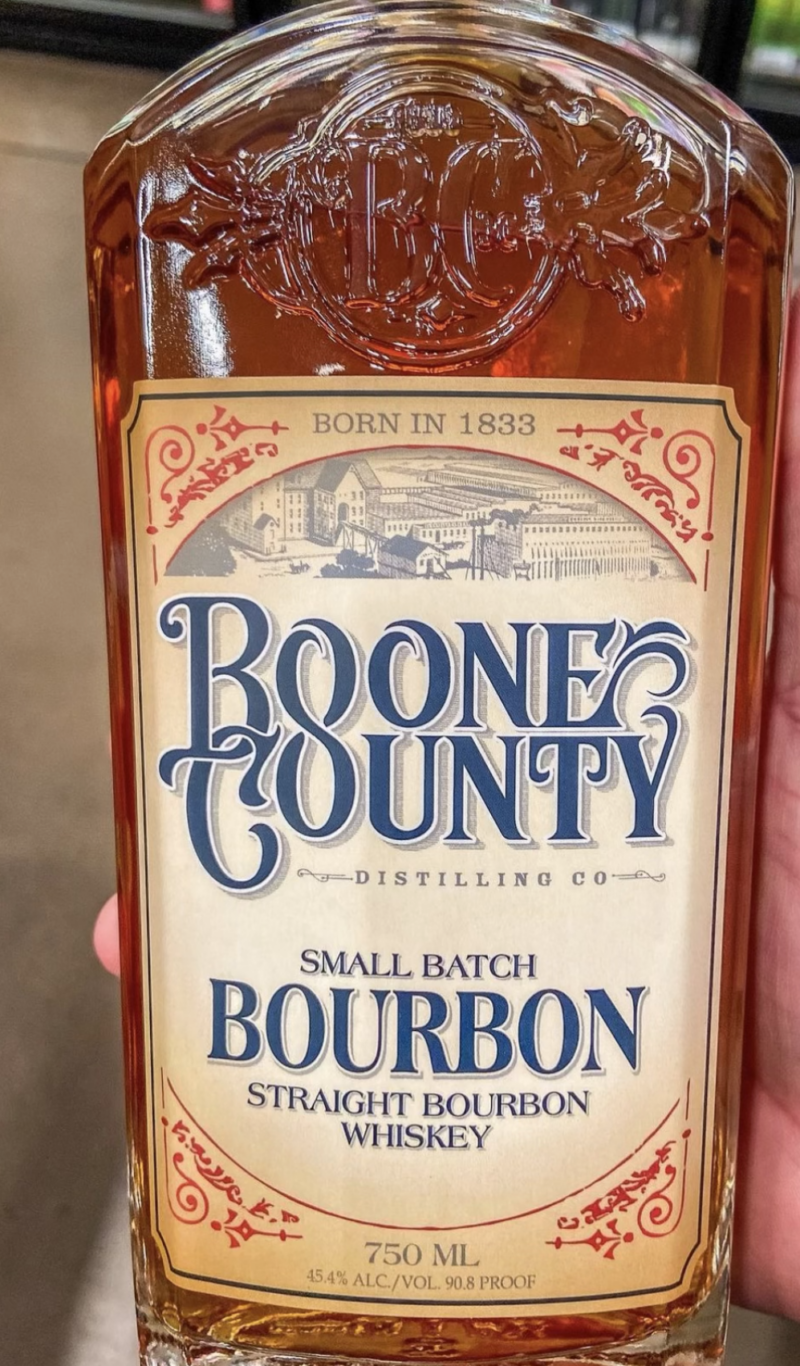What Makes Bourbon a Bourbon?

Have you ever wondered what makes bourbon different from other whiskeys? Well, the law has the answer!
A whiskey has to meet a few legal requirements in order to be called bourbon. The U.S. government set up these rules to make sure that any whiskey labeled as “bourbon” is of a certain quality and consistency.
So, what are these specific rules? Let’s look at this more:
Made in America: Bourbon must be made in the United States first and foremost. This rule, which has been in place since the 1960s, makes sure that any whiskey labeled as bourbon is really made in the United States.
Mash Bill: The recipe for making whiskey is called the “mash bill.” For a whiskey to be called bourbon, it must be made with at least 51% corn in the mash bill. Other grains, like wheat or rye, can make up the other 49%.
Aged in New, Charred Oak Barrels: Bourbon has to be aged in new, charred oak barrels. This means that the barrels can’t have been used before, and the insides must be burned before whiskey can be put in them. This rule is part of what gives bourbon its unique taste and color.
Distilled to No More Than 80% ABV: Bourbon can’t be distilled to more than 80% alcohol by volume (ABV). This makes sure that the taste of the grains and charred oak barrels doesn’t get lost in the alcohol.
Bottled with at least 40% ABV: Lastly, bourbon must be bottled with an ABV of at least 40%. This makes sure that each batch of whiskey has the same taste and strength.
So, there you go! These are the five most important things a whiskey must have to be called bourbon. If a whiskey meets these standards, it can be called “bourbon” and be enjoyed by whiskey lovers all over the world.